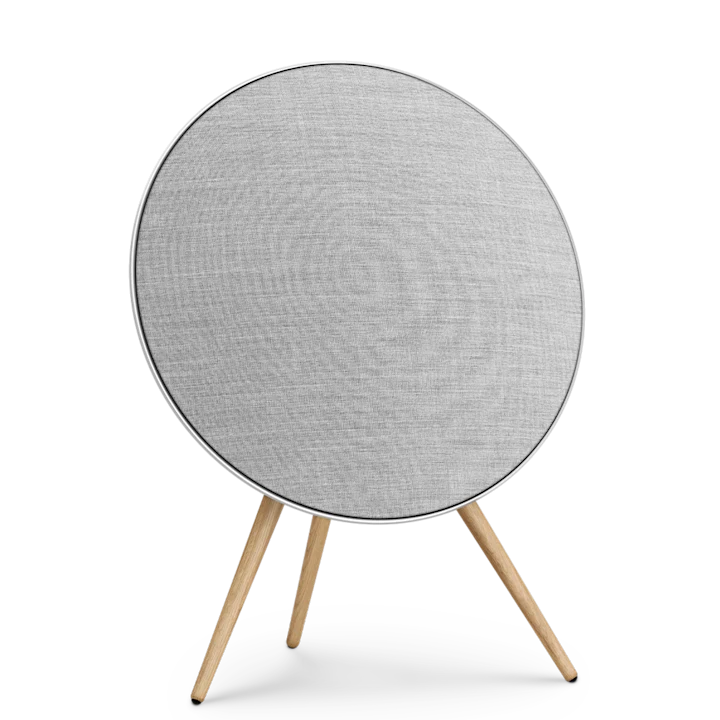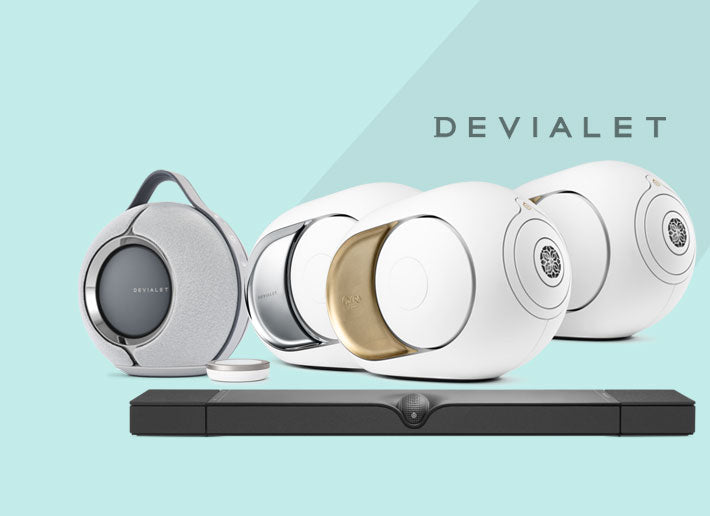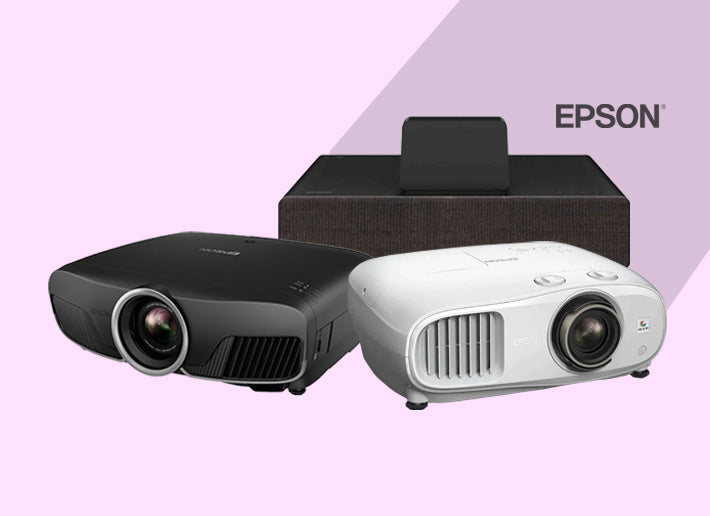We compare three of the most common wireless audio technologies, highlighting their strong points for home listening and where they are best used
It wasn’t that long ago when listening to music wirelessly seemed like a futuristic fantasy. In the early days of portable audio, connecting your device to a speaker meant fumbling with AUX cords, docks, or clunky, early-generation Bluetooth connections that made CD players feel cutting-edge. Fast forward to today and we have an array of powerful streaming technologies—Bluetooth, AirPlay and Chromecast—each transforming how we experience music.
Having matured over the years, each of these technologies has its place in distributed audio and seamless user experiences. Let’s break them down and explore what best suits your listening habits.
Also Read: How to Use Airplay/Airplay 2 with AV Receivers/Stereo Amplifiers?
Technology Overview
When setting up a home audio system with dedicated speakers and streaming devices, ease of use and setup becomes more than just a matter of convenience—it’s a critical factor in how smoothly your entire system integrates into your daily routine.
Whether you’re dealing with a high-end multi-room speaker setup or a single powerful sound system, how you connect and manage your devices can make or break your listening experience. Bluetooth, AirPlay and Chromecast each offer different approaches, with varying levels of simplicity, customisation and ecosystem dependency.
For the times you want a quick, temporary connection, Bluetooth’s plug-and-play approach is ideal. It is the simplest and most familiar option for most users but the simplicity on offer can be a double-edged sword. High-end speakers will usually feature Bluetooth for the sake of accessibility, not as a means to deliver the sound clarity and richness you’re after if you're an audiophile. While some higher-end speakers support advanced Bluetooth codecs (like aptX or LDAC), these don’t quite match the sound quality of Wi-Fi-based systems. Most of these speakers also require manual re-pairing each time you switch between devices, which can become frustrating if you’re using multiple sources.
For those who live within the Apple ecosystem, AirPlay offers an effortless way to connect your speakers to devices and is particularly well-suited for home listening. Setup is as simple as ensuring all your devices are connected to the same Wi-Fi network. From there, you can stream music directly to any AirPlay-enabled speaker or receiver without manual pairing. In a home setting, this ease of use translates into a seamless experience, especially for multi-room audio setups.
Its ability to stream lossless, high-quality audio over Wi-Fi makes it a superior option for home listening, especially if you’ve invested in premium speakers. You can control multiple speakers simultaneously, sync audio perfectly across different rooms and even stream different tracks to different rooms with AirPlay 2.
However, all these features are hardware-dependent so if you don’t own an iPhone, iPad, or Mac, the AirPlay experience is largely out of reach. While some third-party apps and speakers do offer AirPlay support, non-Apple users have limited options. Additionally, in the absence of a strong and stable WiFi connection, streaming quality and playback could be affected adversely.
Chromecast strikes a sweet spot for home listening, especially if you’re looking to integrate multiple speakers and streaming devices into one cohesive system. Setting it up for home audio is slightly more involved than Bluetooth or AirPlay and requires you to install the Google Home app on your smartphone or tablet.
However, it stands out for its platform-agnostic approach and can cast audio from a wide variety of apps, like Spotify, Tidal, YouTube Music and more. Its multi-room audio capability lends itself to listening to audio at home seamlessly, allowing you to create speaker groups and control them all through the app or via voice commands with Google Assistant. You can play synced audio throughout your house or control different zones with individual playlists.
Another big plus for home audio enthusiasts is that, unlike Bluetooth, Chromecast hands off the actual streaming to the speaker or streaming device itself. This means your phone or tablet isn’t constantly draining battery to maintain the connection and you can make calls or leave the house without interrupting the music. It also supports hi-res audio, making it the best of the lot in terms of sound quality.
While it works well across platforms, it also requires a good WiFi connection and the initial setup process can be a bit more involved if you’re trying to integrate it into an already-established smart home ecosystem.

Image credit - Devialet
Devialet’s Phantom I is a high-end wireless speaker supporting Bluetooth and AirPlay 2
Image credit - Bang & Olufsen
Bang & Olufsen Beoplay A9 5th Gen combines Bluetooth and AirPlay 2 with Chromecast support
Choosing Between BT, AirPlay and Chromecast
Now that we've explored the distinct approaches of Bluetooth, AirPlay and Chromecast for home audio streaming, it's time to break down how they stack up in key areas like ease of use, audio quality, compatibility and multi-room functionality.
The following table offers a quick comparison, making it easier to see which technology best aligns with your home listening needs. Whether you’re seeking the simplicity of Bluetooth, the seamless integration of AirPlay, or the cross-platform flexibility of Chromecast, this overview will help you make an informed decision.
|
Feature |
Bluetooth |
AirPlay |
Chromecast |
|
Ease of Use & Setup |
Instant pairing, simple setup, but limited to one device at a time. |
Seamless within the Apple ecosystem, automatic detection over Wi-Fi |
Requires Google Home app for setup, cross-platform support, smart home integration |
|
Compatibility |
Universal as long as the device supports the standard |
Mostly Apple devices, limited third-party support |
Works with Android, iOS, PC and many smart speakers |
|
Audio Quality |
Compressed audio, lower quality even with advanced codecs |
Lossless, high-fidelity audio over Wi-Fi (16bit/44.1kHz) |
High-resolution audio (up to 24-bit/96kHz) over Wi-Fi |
|
Range & Stability |
Limited to ~30 feet, prone to interference |
Strong Wi-Fi connection, good for multi-room audio |
Excellent Wi-Fi range, independent streaming from device |
|
Privacy & Security |
Generally secure, but vulnerable to some attacks |
Encrypted, secure streaming over Wi-Fi |
Secure streaming with Google protocols, some data collection |
|
Streaming Services |
Works with all apps, but lacks sound quality and multi-room control |
Supports Apple Music, Spotify, Tidal, etc. with limitations for non-Apple services* |
Supports all major streaming services including Apple TV+ and Apple Music |
|
Multi-room Streaming |
Not supported, one-to-one connections only |
AirPlay 2 supports synchronised or separate audio to multiple speakers |
Multi-room audio with speaker groups via Google Home app |
|
Cost & Availability |
Built into most devices, no additional cost |
Requires Apple devices and compatible speakers, typically more expensive |
Requires Chromecast dongle or built-in hardware, affordable but with extra upfront cost |
|
Power & Battery Usage |
Comparatively high battery consumption for sending device assuming receiver is powered |
Efficient for mobile devices, relies on speaker’s power |
Efficient for mobile devices, relies on speaker’s power |
Also Read: Understand Wireless Display Standards: AirPlay, DLNA, Miracast & WiDi
Making the Right Choice
Bluetooth excels in quick, short-range connections, making it perfect for portable speakers or casual listening when you want to stream music directly from your phone with minimal fuss. If you're hosting a small gathering or want something quick and easy for a single room, Bluetooth is your best bet due to its wide device compatibility and ease of use.
AirPlay is the ideal choice for Apple users who prioritise sound quality and seamless integration across devices. In a home equipped with multiple Apple devices and high-end speakers from the likes of Sonos or Devialet, AirPlay offers superior audio fidelity and effortless multi-room control. It’s especially recommended for audiophiles or anyone looking to sync music throughout their home without compromising quality.
Chromecast is perfect for multi-room setups and users looking for cross-platform compatibility. If you’re using a combination of Android, iOS, or even smart speakers from different brands, Chromecast offers a cohesive solution that allows you to group speakers and control them via the Google Home app. It's a great choice for smart homes, particularly when you want voice control integration with Google Assistant.
Explore our premium range of speakers and streaming devices or get in touch for a bespoke solution. Our team of experts can help you get up and running in no time.









